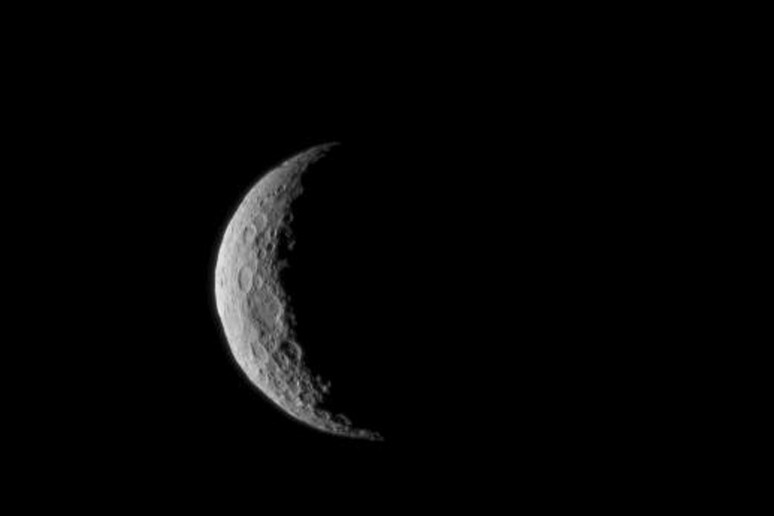Scientists have for the first
time ever found evidence of organic matter outside Earth,
according to an article published in the scientific magazine
Nature.
An international research team led by Maria Cristina De
Sanctis of the Italian National Institute for Astrophysics
(INAF) has spotted organic molecules on the surface of the dwarf
planet Ceres.
They made the discovery using the Visual and Infrared
Spectrometer (VIR) with high spatial and spectral resolution
onboard NASA's Dawn mission, provided by the Italian Space
Agency (ASI) under the scientific guidance of INAF and
manufactured by Italian defence and aerospace giant Leonardo.
"Never before have we seen with such clarity the presence of
organic matter on other celestial bodies," De Sanctis said.
"And, what is more important, it almost certainly originated
in loco, on Ceres, rather than being transported by the impact
of other objects," she added.
VIR spotted organic material covering an area of
approximately 1,000 sqkm.
"We have not found traces of life, but rather a 'concentrate'
of very interesting compounds that makes Ceres a very
'appealing' place for the study of the origins of life," De
Sanctis continued.
Other space missions had already identified the presence of
organic molecules on other celestial bodies, but these were
mostly aminoacids and the observations were not conclusive.
The new data from the Dawn mission shows with certainty the
presence of aliphatic compounds, the elements used by living
creatures to build cell membranes.
"We still don't know how life on Earth evolved, whether
through processes that took place entirely on this planet or
arrived 'pre-packaged' from outside, or a mixture of the two,"
said astrobiologist Daniela Billi of Rome's Tor Vergata
University and not part of the study.
"But thanks to the new data we know that some basic
components of life can originate in celestial bodies such as
Ceres. Compounds that may have been transported, via meteorite
showers, to Europe and Enceladus where conditions for life to
develop could exist."
ALL RIGHTS RESERVED © Copyright ANSA











